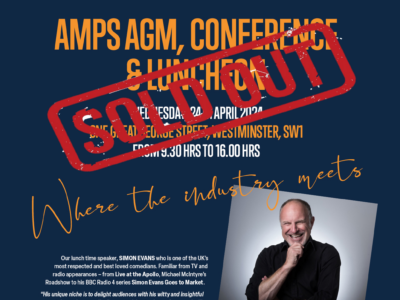IPU opened their doors to major UK genset companies in July for a live demonstration of their emissions solutions system – and achieved some staggering results.
Emissions and legislation are the hot topic this year for almost everyone in the genset industry.
It has become clear that Selective Catalytic Reduction systems (SCR) sit at the heart of NOx reduction, and Diesel Particulate Filters (DPFs) are key for particulate matter (PM) reduction.
In a demonstration day back in July, IPU showcased their SCR and DPF aftertreatment emissions system. This solution was manufactured in-house by IPU’s emissions team.
The emissions system was purposely built onto a genset that’s been in service for over 27 years. An older genset was used for good reason; anyone can make a brand new genset meet emissions legislation.
Using bespoke software to broadcast live emissions levels to the watching audience, the system achieved a 100% reduction of NOx. This is far beyond the reductions demanded by the new Medium Combustion Plant Directive.
The system uses an uncommon but extremely effective airless AdBlue dosing system. The cooling of the injector is achieved by the return flow of AdBlue, meaning air is not necessary. Not using air reduces the possibility of AdBlue oxidising in the dosing lines and crystallising. This would impair the exhaust, degrade the performance of the SCR and possibly choke the generator.
Alongside airless dosing, this system uses IPU-exclusive catalyst technologies which offer far superior pollutant reduction than competitor products.
IPU offers a unique emissions solution for the UK market with the expertise and, most importantly, the NOx and PM reductions required.
There are some critical factors to consider if your gensets are going to comply.
TIME IS RUNNING OUT
The requirement for emissions solutions is being driven mainly by legislation. That legislation has deadlines.
Plants that come into operation after 20 December 2018 are classified as “new plant” in the MCP Directive so must comply immediately. Older plants are classified as “existing plants” by the MCP Directive. They must conform to the MCP Directive’s by 2025 or 2030 (depending on their size).
The fact is that nobody can build an SCR system in a day. Each design is bespoke and will need careful consideration.
Leaving things to the last minute will simply not work.
ONE SIZE DOESN’T FIT ALL
Careful specification and smart design is everything when ensuring compliance. A smart design meets four imperatives: i) it meets the compliance requirements laid down by law; ii) it maintains the performance of the genset; iii) it ensures the reliability of the engine; and iv) it keeps costs to a minimum.
Size will be an important factor in many SCR applications. It is obvious that gensets in cramped basements have very little space for large, long SCRs. They need to explore every avenue in their quest for a compact solution.
Outdoor gensets need small SCRs too. STOR sites and building roofs are often subject to space or height restrictions. Smart, compact design will be paramount.
Having to comply with legislation will not be a choice. That’s why the solution needs to fit with budgets in the most effective way.
IPU will recommend a solution based on factors such as the legislation and application, instead of just offering a ‘one size fits all’ solution. Don’t pay for something that’s not needed.
SEEING IS BELIEVING
IPU are offering two options to see the emissions system in action:
- Register for IPU’s next webinar on November 6th here: It’ll show actual NOx and particulate matter reduction figures from the demo day.
- Come to IPU and see it in person. Register for a space at the next demo day (date TBC). Tour IPU’s facilities, meet the team behind the solution and see the system at work:


